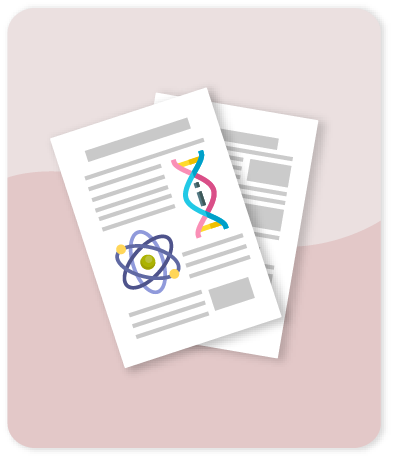Advanced Oxidation Technology (Ozone-catalyzed by Powder Activated Carbon - Portland Cement) for the Degradation of the Meropenem Antibiotic

Share this
Date
2021Author
Agudelo E.A
Cardona G S.A.
Citación
Metadata
Show full item recordAbstract
An advanced oxidation system based on ozone, activated carbon and Portland cement was evaluated for the removal of the beta-lactam antibiotic Meropenem (emerging contaminant, EC). This system was validated with synthetic wastewater with characteristics similar to those of hospital wastewater. The total elimination of the antibiotic and a 90% reduction in the initial chemical oxygen demand (COD) associated with the EC were obtained. The acute toxicity of the water decreased 100% until becoming innocuous for the test microorganisms (E. coli and staphylococcus aureus). A new proposal for an oxidation index was presented which allowed finding a functional relationship between the process variables and the removal efficiency of the Meropenem antibiotic. The results of this investigation showed that the joint use of a pseudo-catalyst such as solid Portland cement (paste), activated carbon powder fixed to an inert glass matrix and ozone, improves the efficiency in the production of hydroxyl radicals when compared to other ozone-based technologies. This conclusion was demonstrated with the oxidation of a test compound (para-chlorobenzoic acid) that allowed determining the amount of hydroxyl radicals formed in the proposed system. © 2020 International Ozone Association.
Collections
- Indexados Scopus [1632]
